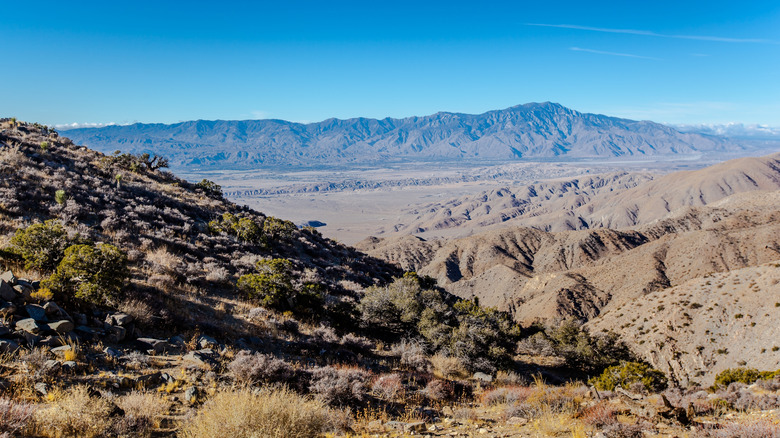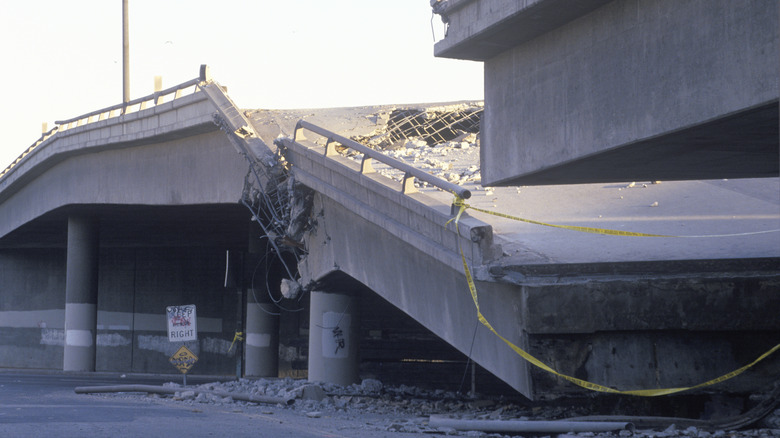California's San Andreas Fault Is Overdue For A 'Big One' And Scientists Think It Could Be Catastrophic
If you're from California, then you know that the possibility of the "big one" is ever-present and largely overdue (San Francisco even has an attraction where you can experience an earthquake safely at a unique house). The Golden State is synonymous with the San Andreas Fault, which spans a whopping 800 miles. Naturally, this sense of impending doom is exacerbated when a devastating earthquake strikes elsewhere, such as the Myanmar earthquake that transpired in late March of 2025. Clocking in at a 7.7 magnitude, the deadly tremor has demonstrated to scientists that the infamous "big one" could be catastrophic.
A study published in the Proceedings of the National Academy of Sciences of the United States of America (PNAS) states that the Myanmar earthquake indicates future earthquakes along the San Andreas Fault could potentially be unlike anything ever seen before. The Southeast Asian country on the United States' "do not travel list" features the Sagaing Fault, a fracture that has been compared to the San Andreas Fault. One of the study's authors, Jean-Philippe Avouac, revealed (via Caltech), "Successive ruptures of a given fault, even as simple as the Sagaing or the San Andreas faults, can be very different and can release even more than the deficit of slip since the last event."
That is to say that although no one knows when the "big one" will happen or its size, the Myanmar earthquake does provide an idea of the extent of the damage it could cause. With this in mind, the Earthquake Country Alliance states that the San Andreas Fault could lead to a quake with up to an 8.3 magnitude.
How would the 'big one' impact the Golden State?
California's largest known earthquake along the San Andreas Fault occurred in 1857. Referred to as the Fort Tejon earthquake, it's believed to have had a 7.9 magnitude. While not devastating, it was frightening nonetheless and did cause the death of two individuals. As the "big one" is inevitable, this begs the question: How would this catastrophe impact California? According to the United States Geological Survey (USGS) and its ShakeOut scenario, it could potentially cause more than $200 billion in damage in Southern California.
Aside from deaths, infrastructure in cities would be wrecked, especially in a place like Los Angeles, the state's largest metropolis. Think power outages, a disruption in cell service, and first responders being pushed to their limits. As a reference, the 1994 Northridge Earthquake in the Los Angeles area had a 6.7 magnitude and led to the destruction of freeway bridges and ultimately left thousands of individuals without homes. Note, however, that it was not caused by the San Andreas Fault (although the Fort Tejon earthquake was).
Of course, this is not meant to instill fear. Rather, it serves as a reminder to know what to do to stay safe when a quake hits. Speaking to USA Today, Sarah Minson from USGS advised, "Don't go anywhere. Don't run outside. A huge number of the injuries that occur in earthquakes are people stepping on broken glass or trying to run during the shaking and falling down." For additional safety tips, read about the best thing to do if there's an earthquake while you're on vacation.

